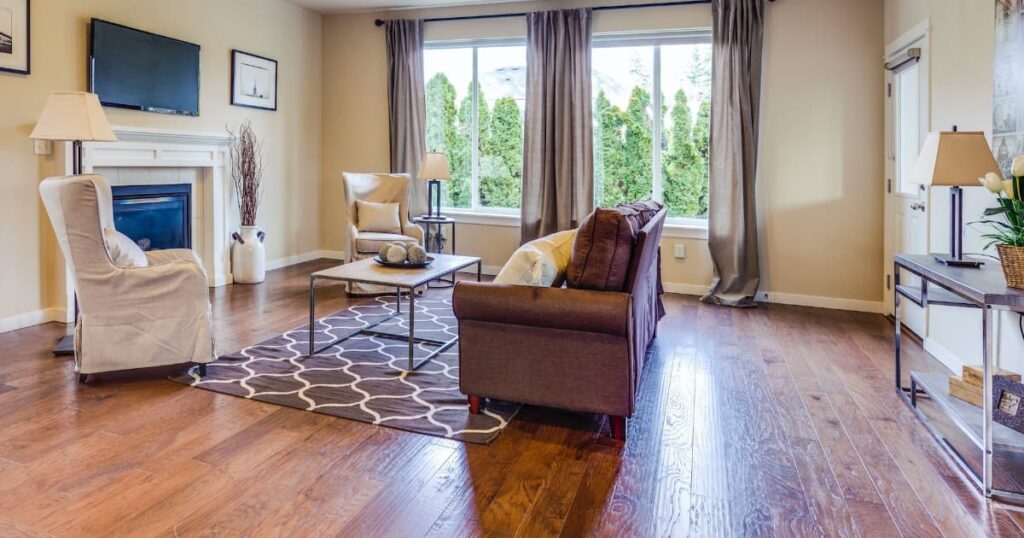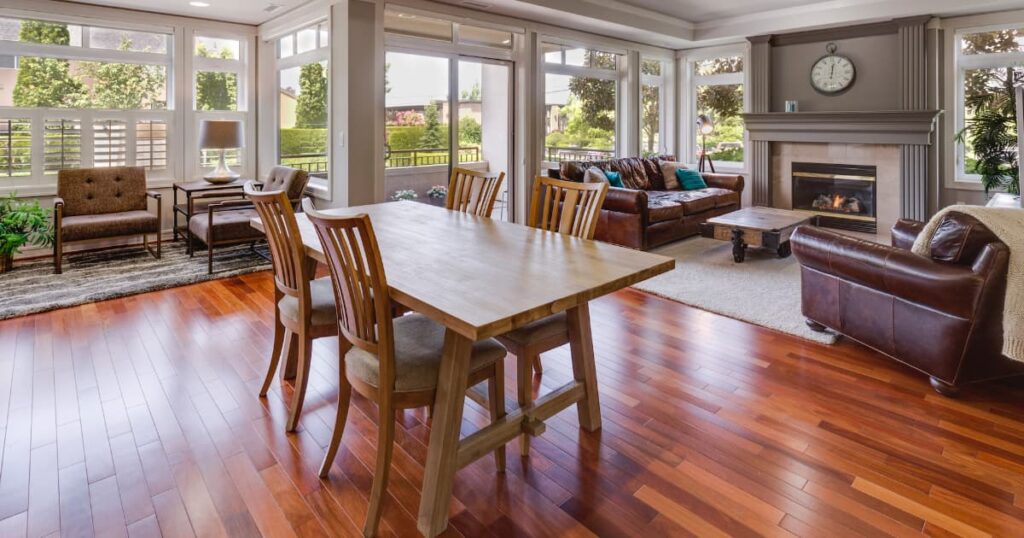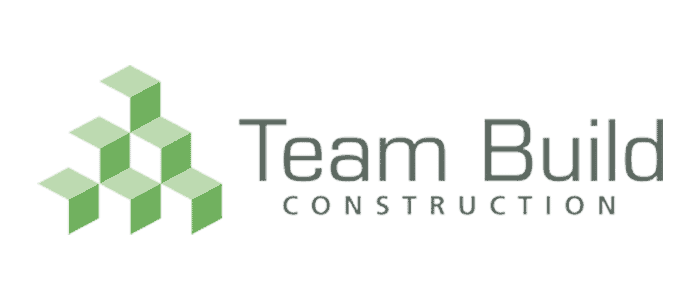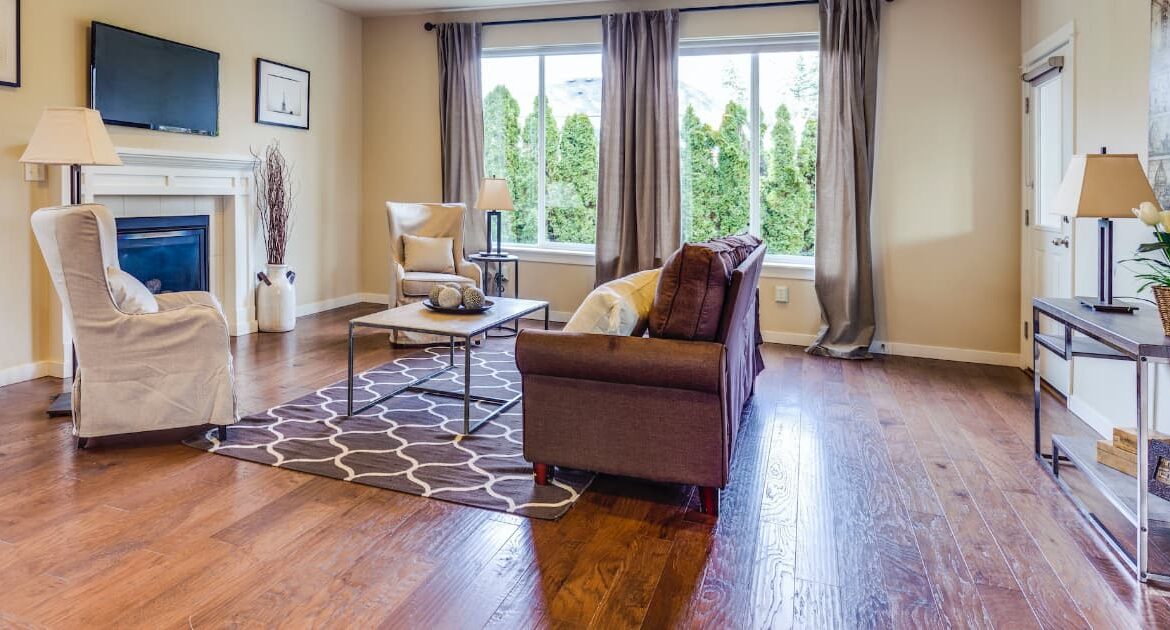
Authentic, diverse, hard-wearing, and infinitely stylish, there is a lot to love about wooden floors across both residential and commercial spaces. But is a wooden floor right for you – and what are the options available to you as a consumer?
In this blog post we’re looking at the different types of wood flooring options available, before considering what you need to know before you commit to one of them.
The types of wood floor available
The wooden floor market is full of options which range from the authentic to the fake and everything in between. Keep reading to understand the differences and to find your perfect match.
Solid wood
The main advantage of solid wood flooring is that it is the real deal, with each solid wood board made from a single stretch of wood. The boards are slotted together, generally with a tongue and groove fitting to present that seamless, classic look – and while hard wood flooring presents challenges in the form of its exposure to damp and scratches, its aesthetic benefits and the value it adds to a home make it a popular choice for homeowners.
Reclaimed wood
Reclaimed wood is like our answer to recycling, taking wood from old properties and giving it a new lease of life through the flooring of a new build or renovated home. As an environmentally friendly alternative to solid wood flooring, reclaimed wood flooring offers a range of options in terms of style and can add to the value of your home. However, as with any pre-loved product, these wood boards can come with their own existing damage and marks and can become a costly option for larger homes.
Bamboo
Bamboo, when worked into a board, creates an aesthetic and high standard flooring type which replicates that of a hard wood – however it is markedly more sustainable and is better for those spaces where water resistance is important for your floor. This also makes it easy to clean and maintain, though bamboo is prone to scratches and can weaken over time.
Wood-effect tiles
Wood effect tiles create the aesthetic look and presentation of hard wood flooring, though with far less effort, investment, and potential challenges. These tiles are suitable for use throughout the home and are much easier to install and place than hard wood planks and floorboards – not to mention the ease of maintenance.
Engineered wood
Engineered wood is a layered solution through which several thin planks of wood are glued together and topped with a real-wood veneer to give that authentic presentation to your floor. Generally engineered wood is more stable than solid wood while presenting the same overall look, however it is difficult to install as a result of the different options available – many of which use the tongue and groove technique.
Laminate
Laminate flooring uses a compressed fibreboard plank, topped with a photographic image of your chosen wood – giving buyers the freedom to tailor and custom design their floor in terms of colour, grain, and more. Topped with an overlay to protect the surface, laminate is a hard-wearing and long-lasting floor, with wood just one of the many finishes that you can achieve with ease of purchase and installation. Having said that, laminate is not as popular with buyers and can quickly look cheap if the installation is not finished to a high quality.
Things to consider before selecting a wood floor

While budget is always up there as one of the biggest considerations when it comes to selecting the right flooring for your project – wood or otherwise – it is not the only thing you need to focus on when selecting the best material.
Quantity of material needed and the complexity of the space that you are finishing are both major players in determining the best option for you, as some of the wood flooring options explored above are better suited than other to tight spaces and complex layouts. We tend to recommend getting more floor than you need for your job, to help make challenging spaces easier to manage – or bring in the work and support of an expert joinery team to help create a perfect, seamless space.
Beyond that, other considerations include the installation method of your chosen material, the finish of your floor and how you need to maintain it, and what else you need to maximise the lifespan and durability of your floor.

